Archives
- 2018-07
- 2018-10
- 2018-11
- 2019-04
- 2019-05
- 2019-06
- 2019-07
- 2019-08
- 2019-09
- 2019-10
- 2019-11
- 2019-12
- 2020-01
- 2020-02
- 2020-03
- 2020-04
- 2020-05
- 2020-06
- 2020-07
- 2020-08
- 2020-09
- 2020-10
- 2020-11
- 2020-12
- 2021-01
- 2021-02
- 2021-03
- 2021-04
- 2021-05
- 2021-06
- 2021-07
- 2021-08
- 2021-09
- 2021-10
- 2021-11
- 2021-12
- 2022-01
- 2022-02
- 2022-03
- 2022-04
- 2022-05
- 2022-06
- 2022-07
- 2022-08
- 2022-09
- 2022-10
- 2022-11
- 2022-12
- 2023-01
- 2023-02
- 2023-03
- 2023-04
- 2023-05
- 2023-06
- 2023-07
- 2023-08
- 2023-09
- 2023-10
- 2023-11
- 2023-12
- 2024-01
- 2024-02
- 2024-03
- 2024-04
- 2024-05
- 2024-06
- 2024-07
- 2024-08
- 2024-09
- 2024-10
- 2024-11
-
The transcription factor activator protein AP is
2024-01-23
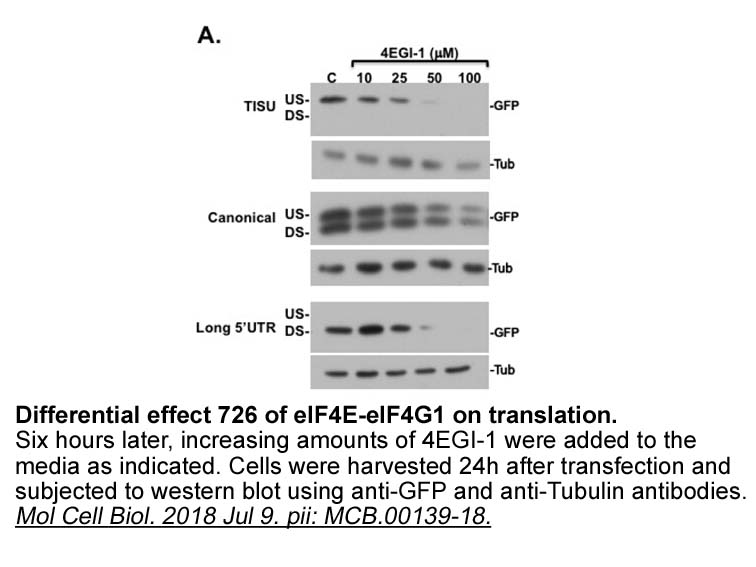
The transcription factor activator protein-1 (AP-1) is a redox-sensitive transcription factor whose activity is controlled by agents that perturb intracellular thiol concentrations [10,11]. AP-1 is mainly composed of Jun, Fos, and ATF protein dimers [12,13]. AP-1 mediates the regulation of numerous
-
Although the earlier studies focused on the antioxidant
2024-01-23
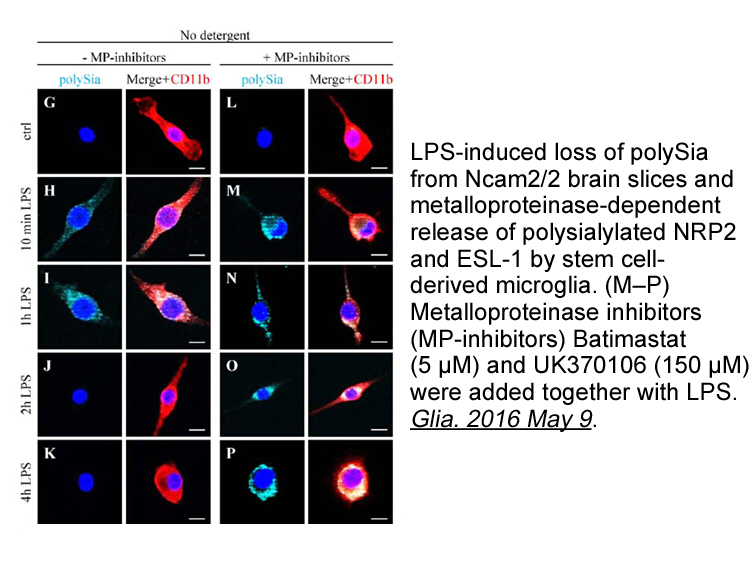
Although the earlier studies focused on the antioxidant capacity of tocopherols, ascorbic PD0325901 mg and carotenoids, then it was noticed that phenolic compounds were more powerful than others (Rice-Evans, Miller, & Paganga, 1996). Phenolic compounds, the most numerous and ubiquitous groups of pla
-
Additional support for a role of
2024-01-23
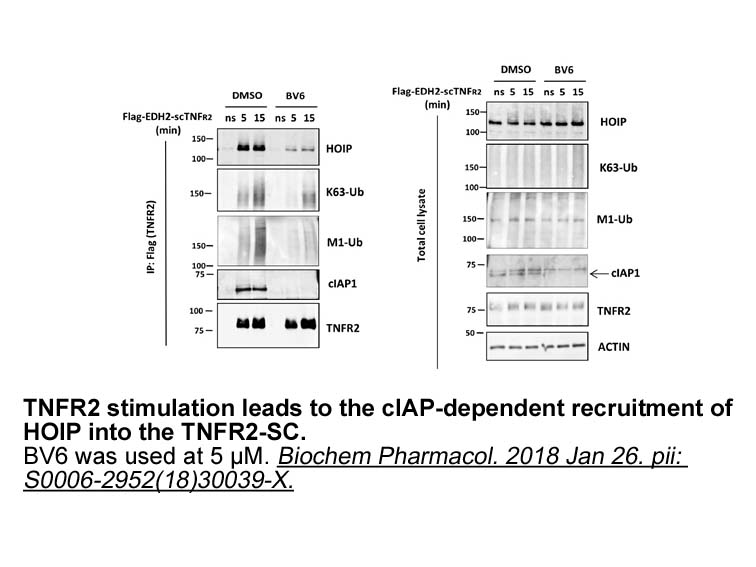
Additional support for a role of HMGN1 in enhancing DNA repair comes from studies of transcription-coupled repair (TCR) in human cells. Lesions in the template strand of DNA induced by UV light stall the movement of RNA polymerase II (RNAPII) and interrupt transcription. Removal of these transcripti
-
(R)-baclofen synthesis Plant defensins are cysteine rich cat
2024-01-23
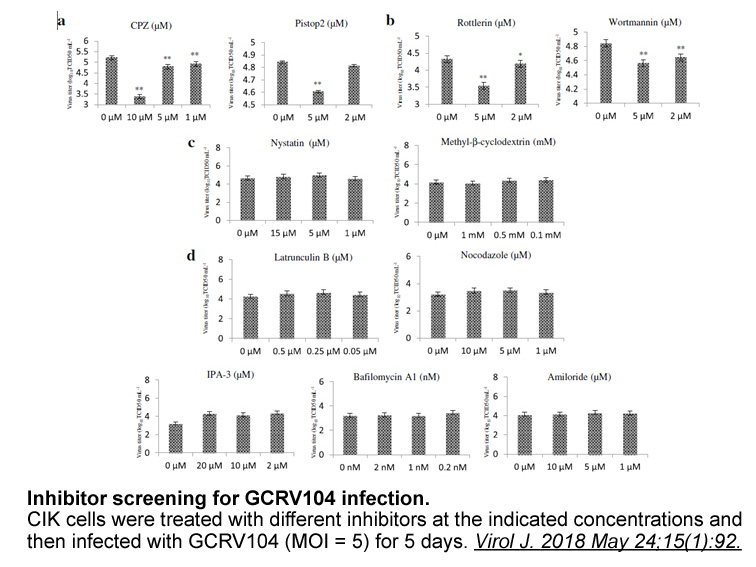
Plant defensins are cysteine-rich cationic peptides of 5–8 kDa whose mature domain comprises 45 to 54 amino (R)-baclofen synthesis residues, with an isoelectric point around 9. The global fold of plant defensins consists of a cysteine-stabilized motif (CSα/β) made up of an α-helix and a triple-stra
-
Natural compounds present in medicinal and
2024-01-23
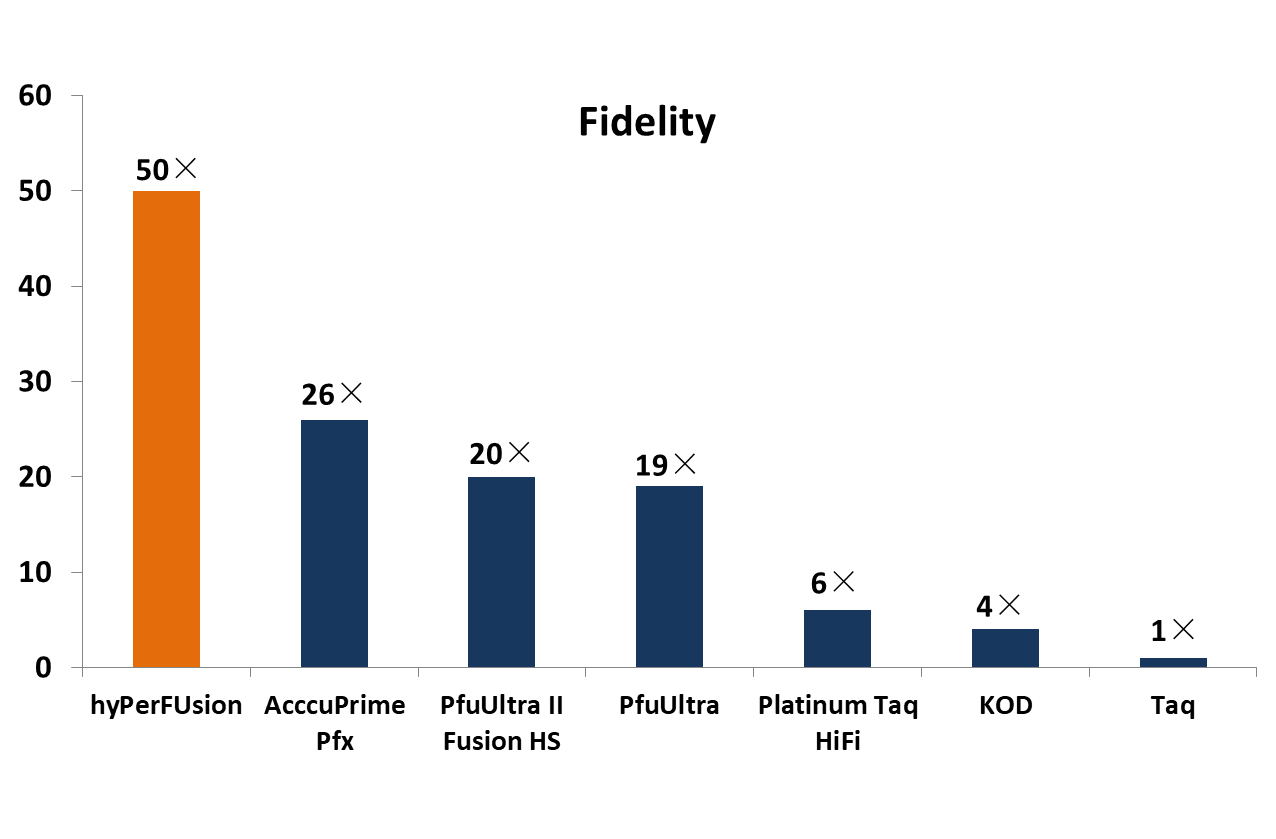
Natural compounds, present in medicinal and/or nutritional plants as well as in macrofungi sources, have stimulated a great interest from the pharmaceutical industry. Different natural compounds such as phenolic compounds, alkaloids, terpenoids among others, have shown strong antiangiogenic effects
-
In addition a substantial knowledge
2024-01-23
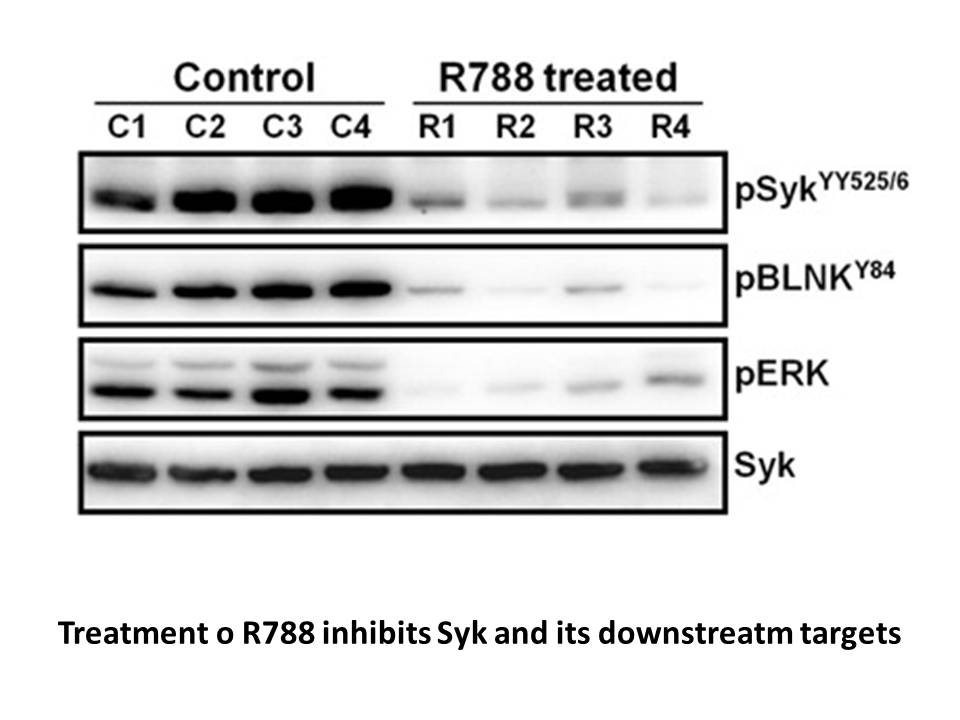
In addition, a substantial knowledge has been gained about the main properties of AT1R, such as ligand preference, signaling, regulation, and trafficking. However, it is less known how AT1R and other plasma membrane receptors affect each other’s function, and how these crosstalk mechanisms can be ut
-
The major phase trial NCT enrolled participants
2024-01-23
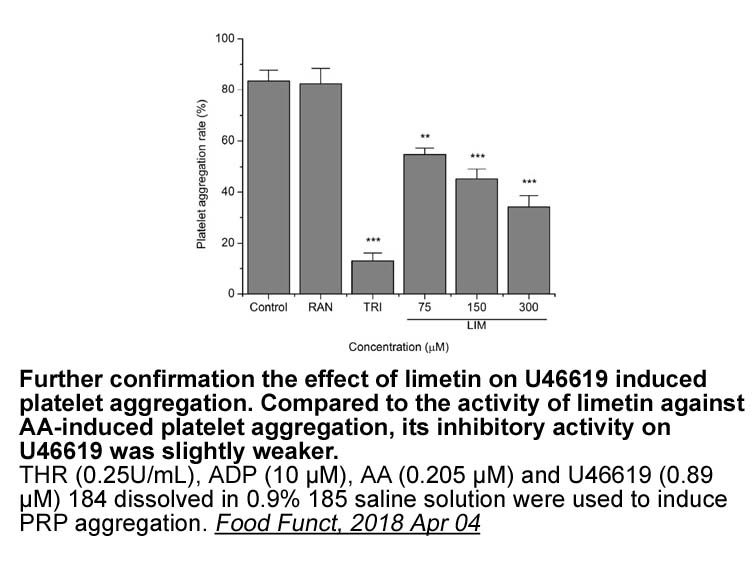
The major phase 2 trial (NCT01343966) enrolled 431 participants with mild to moderate AD who received either low-dose SC crenezumab 300 mg or placebo biweekly (n = 184) or high-dose intravenous crenezumab 15 mg/kg or placebo every 4 weeks (n = 247) for 68 weeks 38, 40. No significant treatment benef
-
Ultracentrifugation of AD brain was reported to remove
2024-01-23
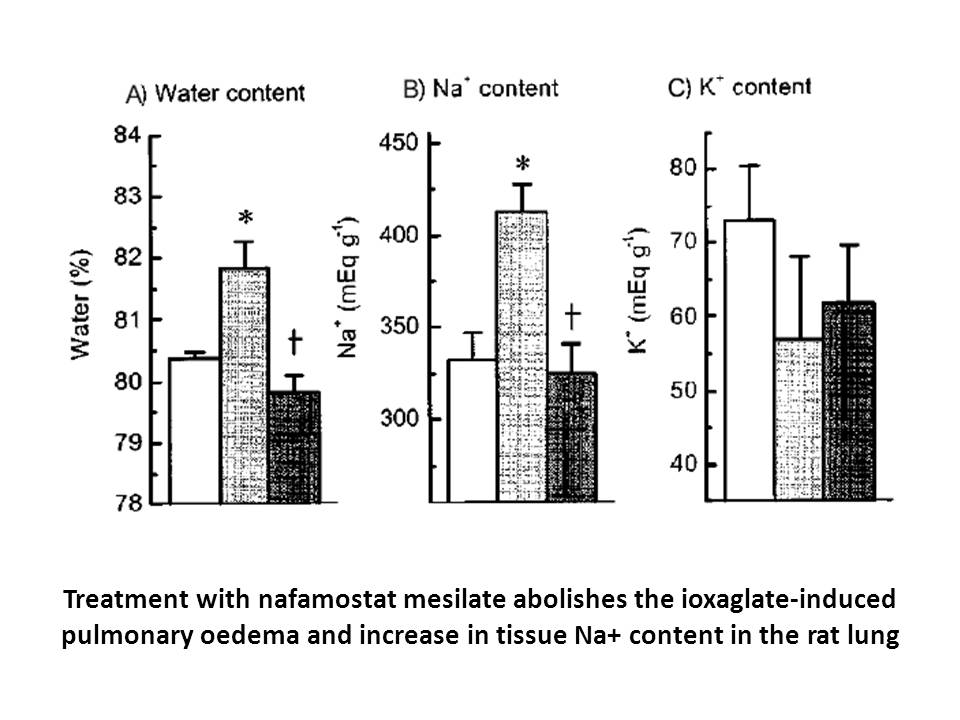
Ultracentrifugation of AD Lamivudine was reported to remove >99.95% of Aβ, while only reducing seeding capacity by 70% (Langer et al., 2011). This suggests that the most potent seeding Aβ species are relatively small soluble oligomers rather than larger insoluble fibrils. It was also noted that thi
-
Fish aminopeptidases from Alaska Pollack roe and tuna
2024-01-23
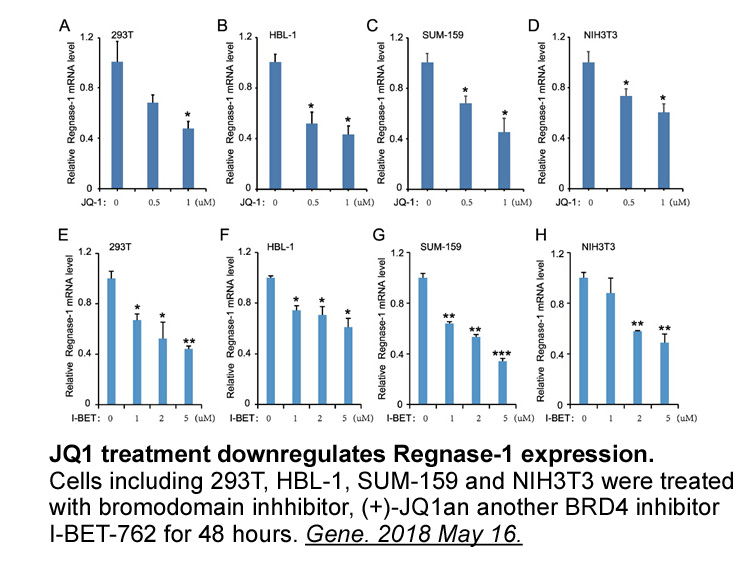
Fish aminopeptidases from Alaska Pollack roe and tuna pyloric caeca have been reported on [12,13]. More recently, we described the purification of a leucine aminopeptidase from the skeletal muscle of the common carp [14], red sea bream [15] and a lysine aminopeptidases from Japanese flounder [16]. T
-
It is noteworthy to mention the limitations of this
2024-01-23
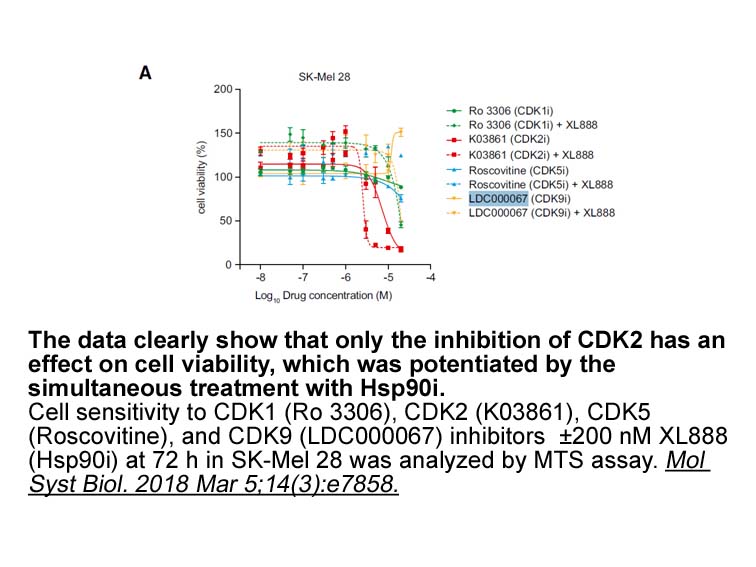
It is noteworthy to mention the limitations of this study like tPA plus LB1 treatment beyond 4 h after stroke was not investigated. Especially 6 or 8 h after stroke could be studied in future projects for translational purposes. Second drawback might be that we performed the experiments in different
-
br Aldehyde sensors to monitor substrate levels Previous eff
2024-01-22
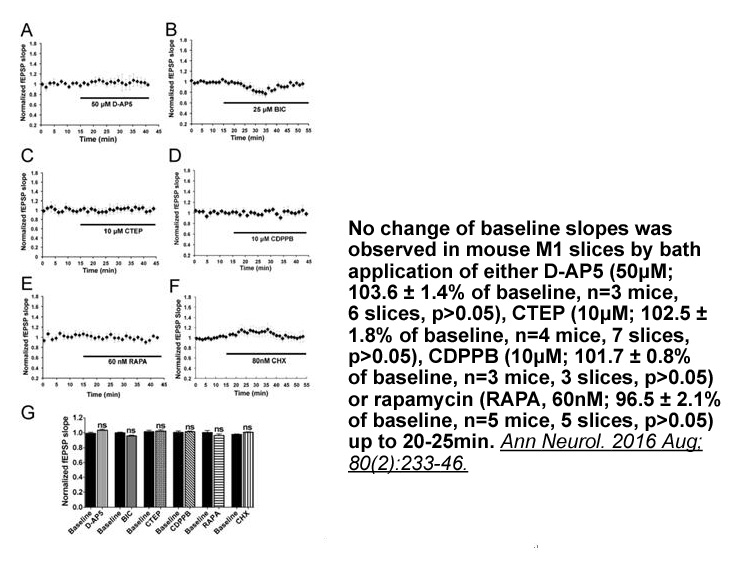
Aldehyde sensors to monitor substrate levels Previous efforts to ameliorate metabolic diseases frequently relied on biochemical methods which could measure the levels of toxic substrates in ANA 12 or bodily fluids (blood and serum or plasma, urine, cerebrospinal fluid). Therapeutic efforts to de
-
Ginsenosides are the major bioactive constituents of the
2024-01-22
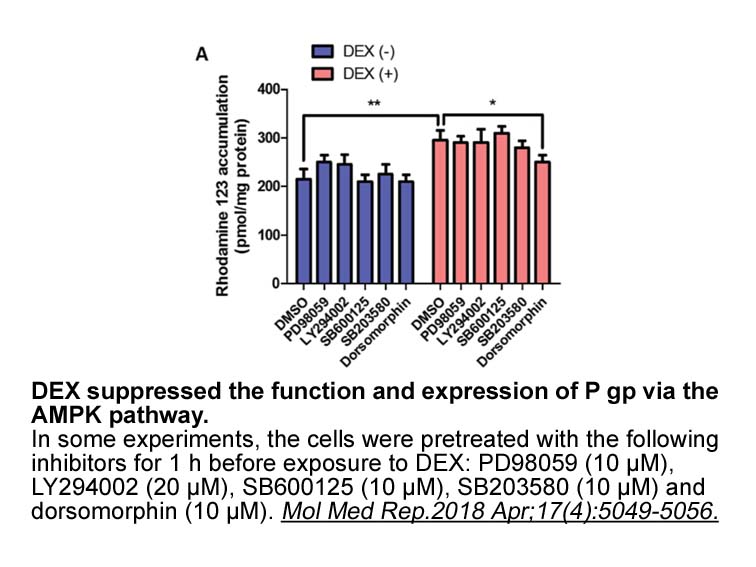
Ginsenosides are the major bioactive constituents of the Panax ginseng root, which contain many types of ginsenosides including Rb1, Rg1, Rc, and Rg3. The ginsenoside Rb1 appears to be the most abundant of the bioactive ginsenosides [15]. Rb1 exhibits antiinflammatory, anticarcinogenic, and antioxid
-
Dequalinium Chloride The macrophage is the major cell type r
2024-01-22
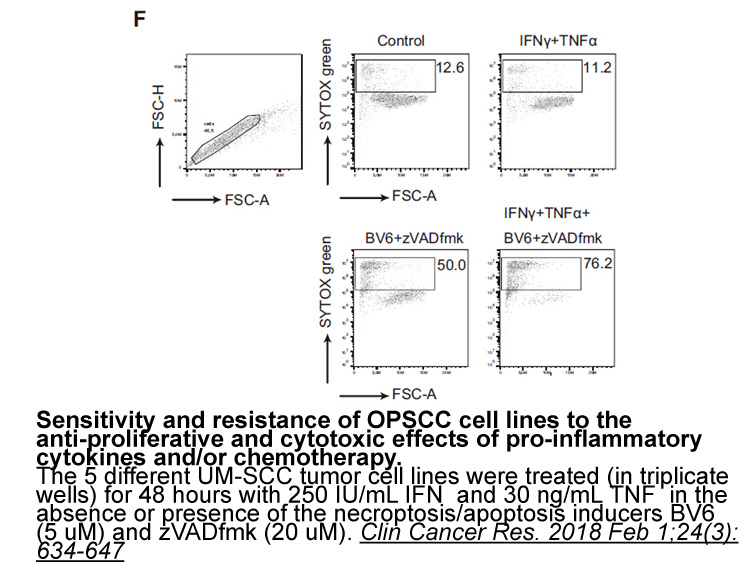
The macrophage is the major cell type responsible for cholesterol uptake and metabolism associated with the initiation and progression of atherosclerosis in focal areas of the arterial subendothelial space. In advanced atherosclerotic lesions of cardiovascular disease, cholesterol-induced macrophage
-
br Conclusion The HT receptor family is complex
2024-01-22
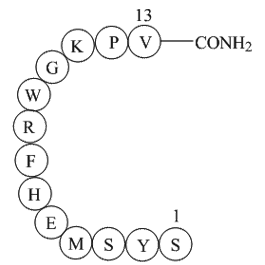
Conclusion The 5-HT receptor family is complex, and one may ask as does Bryan Roth et al. [205] whether this is useless AMG-208 sale (i.e. too much redundancy) or an embarrassment of the riches (i.e. many potential targets to choose from to affect normal or pathological function); molecular biol
-
Nutritional factors affecting ASD have
2024-01-22
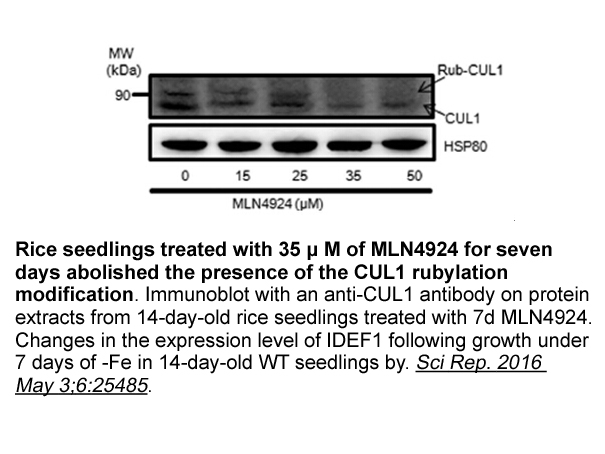
Nutritional factors affecting ASD have also recently received attention. An increase in postsynaptic zinc (Zn) level induced by clioquinol (a Zn chelator and ionophore), and the subsequent activation of NMDA receptors through the tyrosine kinase Src, rescued social interaction in Shank2−/− mice (Lee
15501 records 158/1034 page Previous Next First page 上5页 156157158159160 下5页 Last page